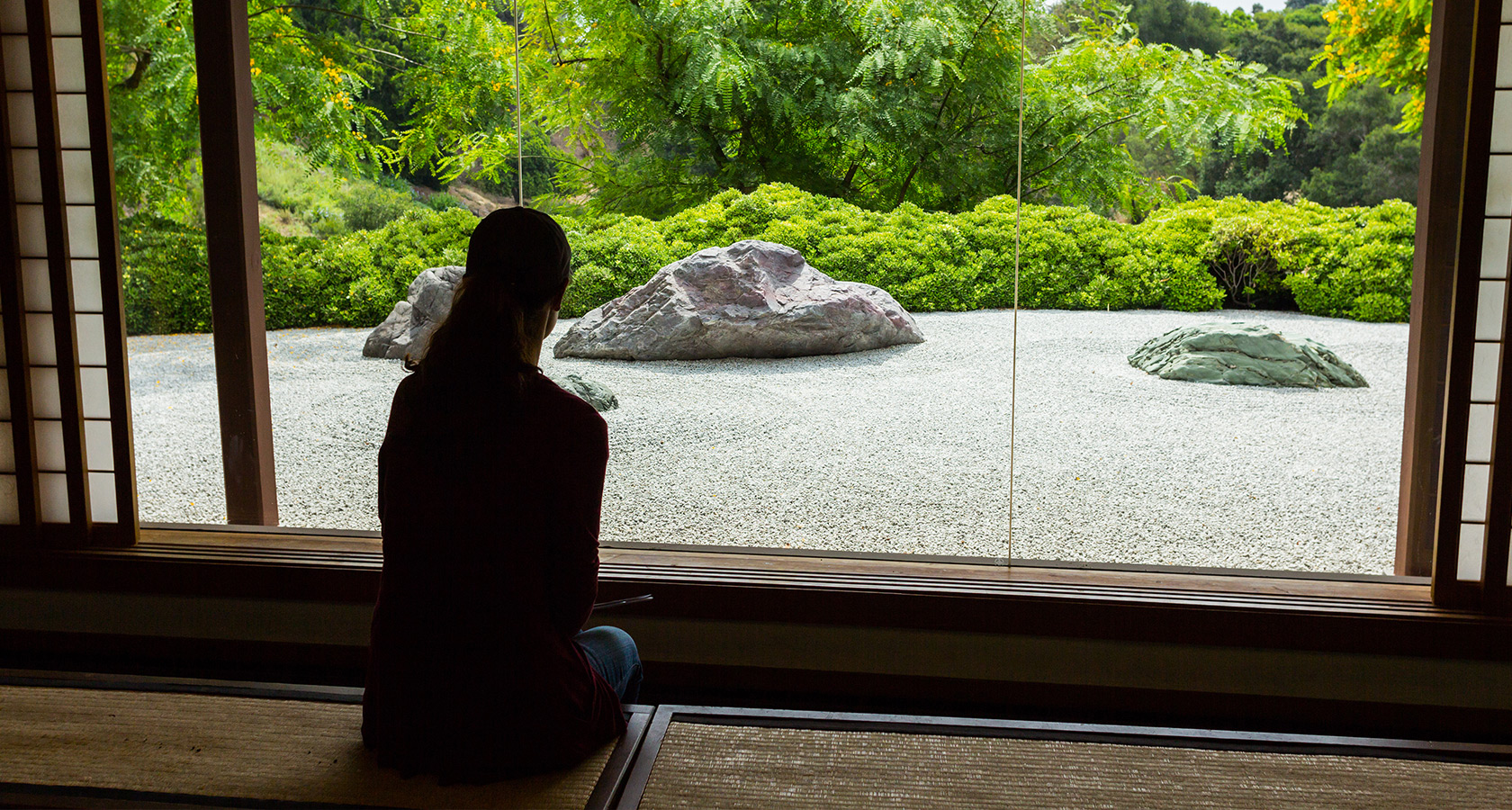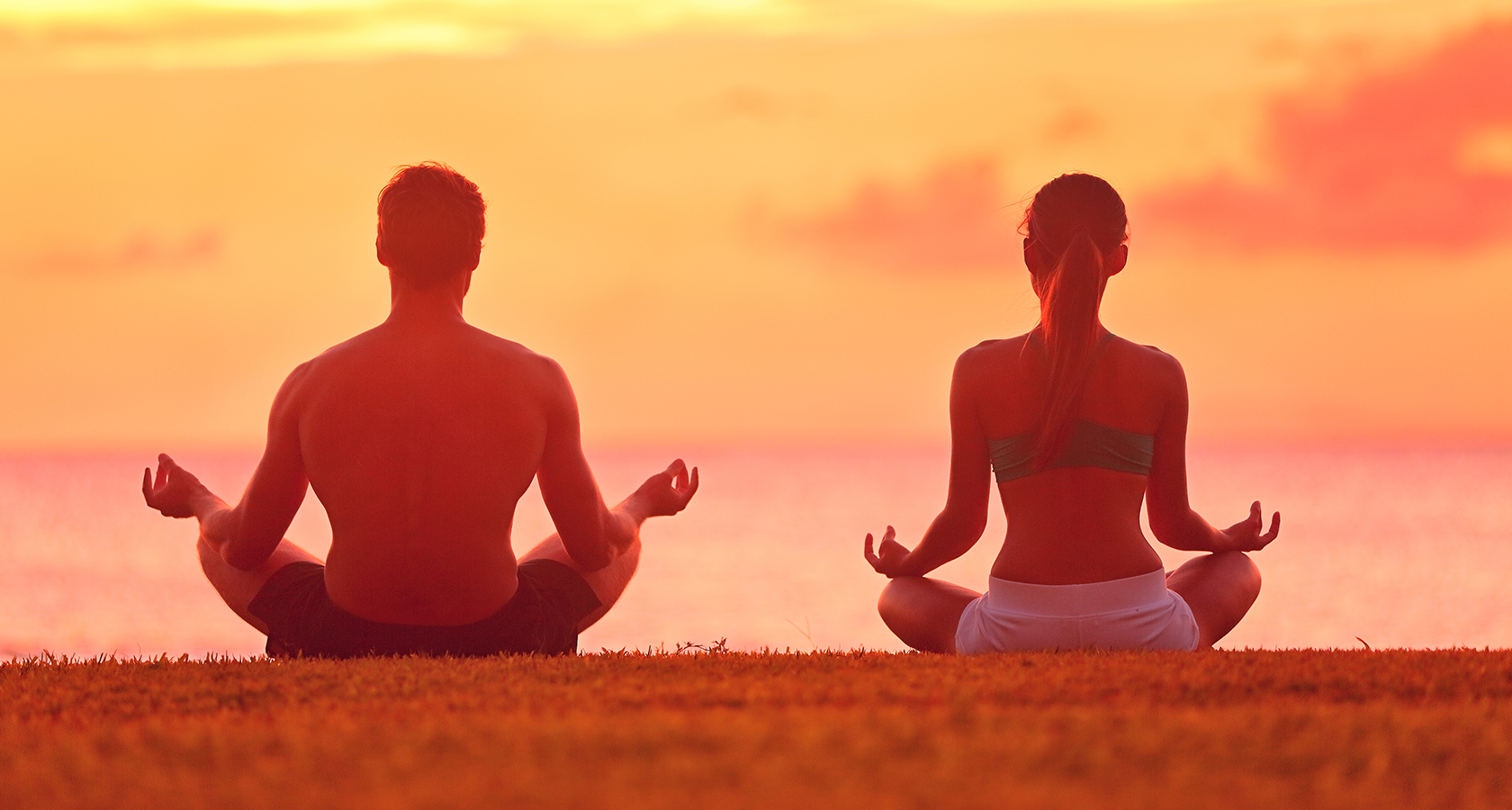
Zazen is a peaceful form of Buddhism that explores the importance of meditation and how that can help you discover more about yourself. Through quietly sitting, those that follow zazen are encouraged to let go of their emotions, pride and fear, and delve into the emptiness of their own psyche. They believe through this way, they can gain a better understanding of what life truly means.
The traditions of zazen have been passed down through the centuries, weaving its way across the globe from India to China, China to Japan and most recently, Japan to English-speaking nations like the USA and the UK. Although no doctrine specifically lays out strict rules, there is a simple process you can follow to gain the most out of your own meditation.
To begin with, you will need a cushion and clothing comfortable enough so that they won’t bother you whilst sitting on the floor. Your surroundings should be as quiet as possible, and any potential distractions, such as electronic devices, should be removed or set to silent mode.

There are a number of seating positions you can adopt, but it is important to choose one in which you feel comfortable maintaining for an extended period. The Japanese seiza position, in which you bend your legs underneath you and rest on the back of your ankles, looks incredibly regal but can grow to be extremely uncomfortable for those not used to it. The Full Lotus position is slightly less awkward; you should cross your legs, placing your right foot on your left thigh and your left foot on the right. The Half Lotus position sees the right foot resting on the left thigh and your left foot on the floor. For the Burmese style, your legs should be crossed with both feet left on the floor, but tucked into your body. You can use your cushion to support you in any of these positions, or you can even use a small bench or a regular chair, for which your feet should be resting flat on the floor.
No matter which position you decide on, the posture of your upper body should be the same. Sit upright with your back straight, place your right hand with its palm facing upwards on your lower belly, your left hand should be placed on top, its palm also facing upwards, with the tips of your thumbs ever so slightly touching so that the shape of your hands resembles an oval. Again you can use a cushion for support if you find the position pulling on your shoulders.
Once you have found the position that works for your, slowly swing from side to side to centre your back. Look up towards the ceiling and then relax to help elongate your spine. You can shift your hips forward to help with the natural curvature of your body, don’t worry if this makes your belly poke out a little bit, that’s normal.
Your ears should be in line with your shoulders, your shoulders in line with your hips. Imagine a line connecting your nose and naval; this should also be as straight as possible. Your eyes should remain upon but cast down to the floor a few feet in front of you. It is important to strike a balance between being relaxed and alert.
Once you are sitting correctly, you can focus on your breathing, make sure it is relaxed and natural. Count every time you inhale and exhale, from 1 to 10. Try and breath from your lower belly, which may seem a little strange at first, but with a little practice you will soon be able to draw in deep breaths comfortably. Repeat the process of counting your breaths 1 to 10 over and over again, until you have been seated for 10 minutes or so (be sure to set an alarm, as it is easy to lose track of time). You can experiment with different lengths of time, but it is important to find the time to sit and meditate every single day. If thoughts pop into your brain, do not explore or engage them; simply continue with your counting, and you should soon be able to push everything aside.
The most important elements of zazen are feeling relaxed and comfortable. Experiment with different techniques to find out which one works best for you, but the most important factor is persistence. You must ensure time to meditate even on the most hectic days. Indeed these are the days you probably need it the most. Even 5 minutes of meditation is far better than none at all.